A FINE REGENCY ENGINE-TURNED 18CT GOLD FULL-HUNTER POCKET CHRONOMETER BARWISE, LONDON, 1812 The four-columnar pillar frosted gilt single fusee movement with Harrison's maintaining power and jewelled pivots for Earnshaw-type spring detent escapement regulated by heavy compensated helical free-sprung two-arm split bimetallic balance with screw-timing weights, the backplate with plain balance cock fitted with faceted diamond endstone beside signature Barwise, LONDON opposing mainspring plate inscribed No. 5333, the fine engine-tuned dial with radial-centred subsidiary seconds dial at six o'clock interrupting the matted ground Roman numeral chapter ring with dot minute markers to outer track, with gold spade hands, the gold full hunter case with engraved armorial crest to a small medallion within the fine guilloche engine turned front cover opened via a push-button to the top of the suspension post fitted with a bow, the interior with convex glass and bezel, the circumference with engine-turned waist and the rear cover with decoration to matching the front opening to reveal and internal cuvette engraved Barwise, LONDON, No 5333, Hallmarks for London 1812 makers TH, (balance staff broken). The movement backplate 4.5cm (1.75ins) diameter; the case 5.7cm (2.25ins) diameter. The life of John Barwise and his family are outlined by A.D. Stewart in his article Barwise & Sons: Watchmakers to the King. A brief history of family and firm published in the March 2014 issue of ANTIQUARIAN HOROLOGY (Vol IIIV No. 1 pages 621-34). Stewart notes that John Barwise was born into a clockmaking family in Cockermouth, Cumberland in around 1756. By 1780 he had moved to London where he opened a watch retailing business. Ten years later he married Elizabeth Weston with his address being recorded as 29 St. Martin's Lane where he remained until his death in 1820. Of their eleven children two (possibly three) died in infancy and two, John II (born 1795) and Weston (born 1793), subsequently joined their father in the family business. In 1800, such was his success, John Barwise I purchased a second house in Dulwich. In 1805 John Barwise I was one of the fifteen watchmakers appointed by The Board of Longitude to adjudicate in the dispute between John Arnold and Thomas Earnshaw regarding 'the respective merits of their chronometers'. On the 14th February 1811 Barwise was the victim of five highwayman who relieved him of a 'gold watch, greatcoat, and a guinea-and-a-half in cash' whilst en-route from Camberwell to Dulwich. This unfortunate occurrence may well have tempered Barwise's enthusiasm for his house in Dulwich as records indicate it was rented out to tenants by 1813. In around 1816 his sons, John II (who had just turned 21) and Weston, joined him in partnership with the business then becoming 'Barwise & Sons'. Shortly afterwards (probably in 1820) the firm obtained the Royal Warrant as watchmakers to King George IV. John Barwise senior died in 1820; by this time he was a wealthy man leaving two properties and substantial investments to his widow and children. The business was continued by Weston and John II in partnership, however this only lasted six years as Weston died in 1826 leaving the business in the hands of John II alone. It was at this time that John II married and moved from the family home at St. Martin's Lane to nearby 42 Craven Street; and then in 1840 to a spacious residence called East Lodge, near Acton which at that time was in open countryside. At around the same time John Barwise II entered into an alliance with the highly inventive Scottish Clockmaker Alexander Bain who was in the process of developing the first electric timepiece. Barwise and Bain subsequently filed a patent (No. 8743) for an 'Electro-Magnetic Clock' which was granted in January 1841; an example of which was then subsequently exhibited at the Royal Polytechnic Institution shortly afterwards. In 1842 John Barwise II was approached by Pierre Frederic Ingold (1787-1878) t
A FINE REGENCY ENGINE-TURNED 18CT GOLD FULL-HUNTER POCKET CHRONOMETER BARWISE, LONDON, 1812 The four-columnar pillar frosted gilt single fusee movement with Harrison's maintaining power and jewelled pivots for Earnshaw-type spring detent escapement regulated by heavy compensated helical free-sprung two-arm split bimetallic balance with screw-timing weights, the backplate with plain balance cock fitted with faceted diamond endstone beside signature Barwise, LONDON opposing mainspring plate inscribed No. 5333, the fine engine-tuned dial with radial-centred subsidiary seconds dial at six o'clock interrupting the matted ground Roman numeral chapter ring with dot minute markers to outer track, with gold spade hands, the gold full hunter case with engraved armorial crest to a small medallion within the fine guilloche engine turned front cover opened via a push-button to the top of the suspension post fitted with a bow, the interior with convex glass and bezel, the circumference with engine-turned waist and the rear cover with decoration to matching the front opening to reveal and internal cuvette engraved Barwise, LONDON, No 5333, Hallmarks for London 1812 makers TH, (balance staff broken). The movement backplate 4.5cm (1.75ins) diameter; the case 5.7cm (2.25ins) diameter. The life of John Barwise and his family are outlined by A.D. Stewart in his article Barwise & Sons: Watchmakers to the King. A brief history of family and firm published in the March 2014 issue of ANTIQUARIAN HOROLOGY (Vol IIIV No. 1 pages 621-34). Stewart notes that John Barwise was born into a clockmaking family in Cockermouth, Cumberland in around 1756. By 1780 he had moved to London where he opened a watch retailing business. Ten years later he married Elizabeth Weston with his address being recorded as 29 St. Martin's Lane where he remained until his death in 1820. Of their eleven children two (possibly three) died in infancy and two, John II (born 1795) and Weston (born 1793), subsequently joined their father in the family business. In 1800, such was his success, John Barwise I purchased a second house in Dulwich. In 1805 John Barwise I was one of the fifteen watchmakers appointed by The Board of Longitude to adjudicate in the dispute between John Arnold and Thomas Earnshaw regarding 'the respective merits of their chronometers'. On the 14th February 1811 Barwise was the victim of five highwayman who relieved him of a 'gold watch, greatcoat, and a guinea-and-a-half in cash' whilst en-route from Camberwell to Dulwich. This unfortunate occurrence may well have tempered Barwise's enthusiasm for his house in Dulwich as records indicate it was rented out to tenants by 1813. In around 1816 his sons, John II (who had just turned 21) and Weston, joined him in partnership with the business then becoming 'Barwise & Sons'. Shortly afterwards (probably in 1820) the firm obtained the Royal Warrant as watchmakers to King George IV. John Barwise senior died in 1820; by this time he was a wealthy man leaving two properties and substantial investments to his widow and children. The business was continued by Weston and John II in partnership, however this only lasted six years as Weston died in 1826 leaving the business in the hands of John II alone. It was at this time that John II married and moved from the family home at St. Martin's Lane to nearby 42 Craven Street; and then in 1840 to a spacious residence called East Lodge, near Acton which at that time was in open countryside. At around the same time John Barwise II entered into an alliance with the highly inventive Scottish Clockmaker Alexander Bain who was in the process of developing the first electric timepiece. Barwise and Bain subsequently filed a patent (No. 8743) for an 'Electro-Magnetic Clock' which was granted in January 1841; an example of which was then subsequently exhibited at the Royal Polytechnic Institution shortly afterwards. In 1842 John Barwise II was approached by Pierre Frederic Ingold (1787-1878) t

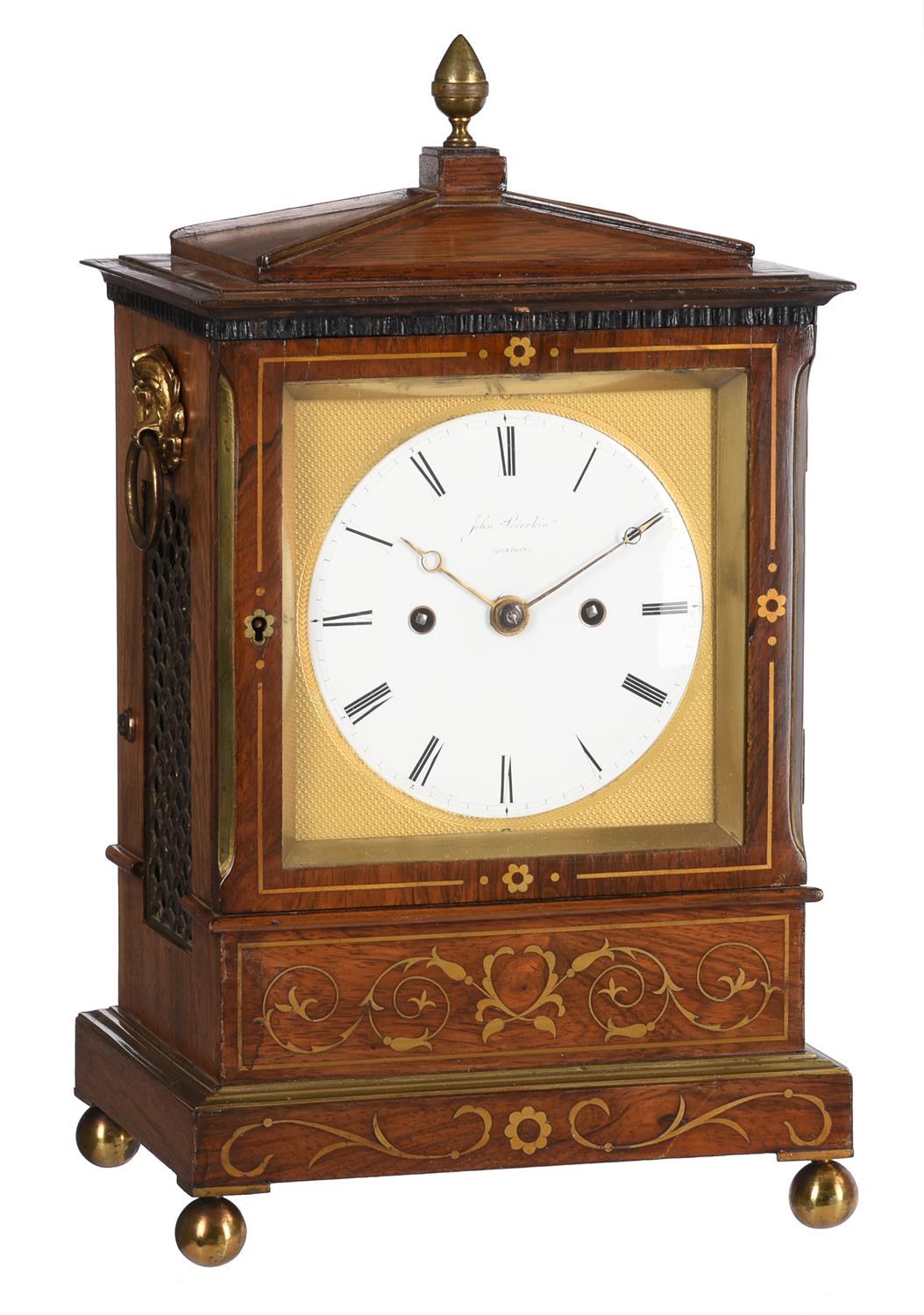
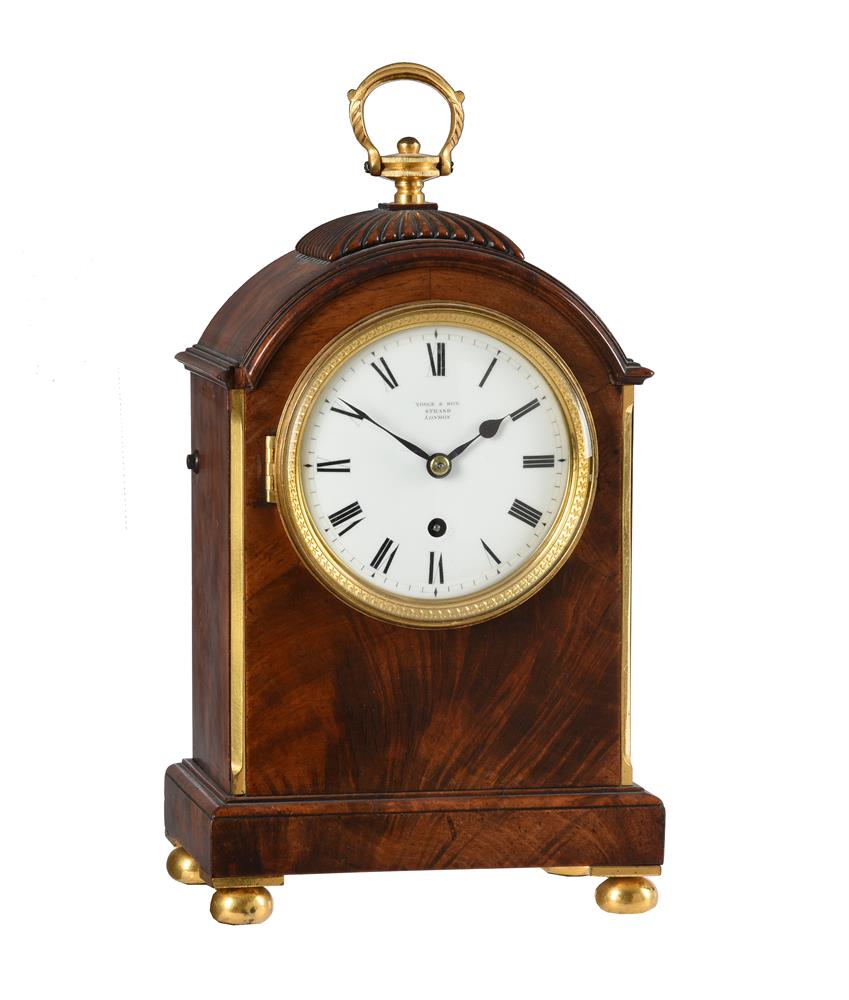


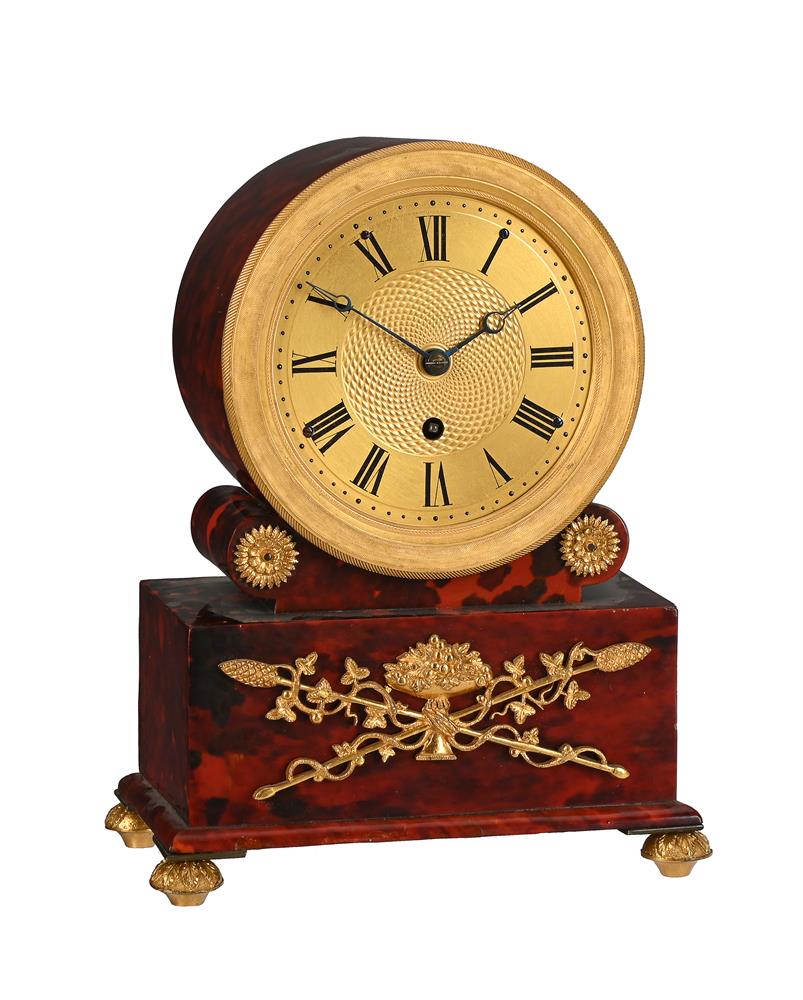

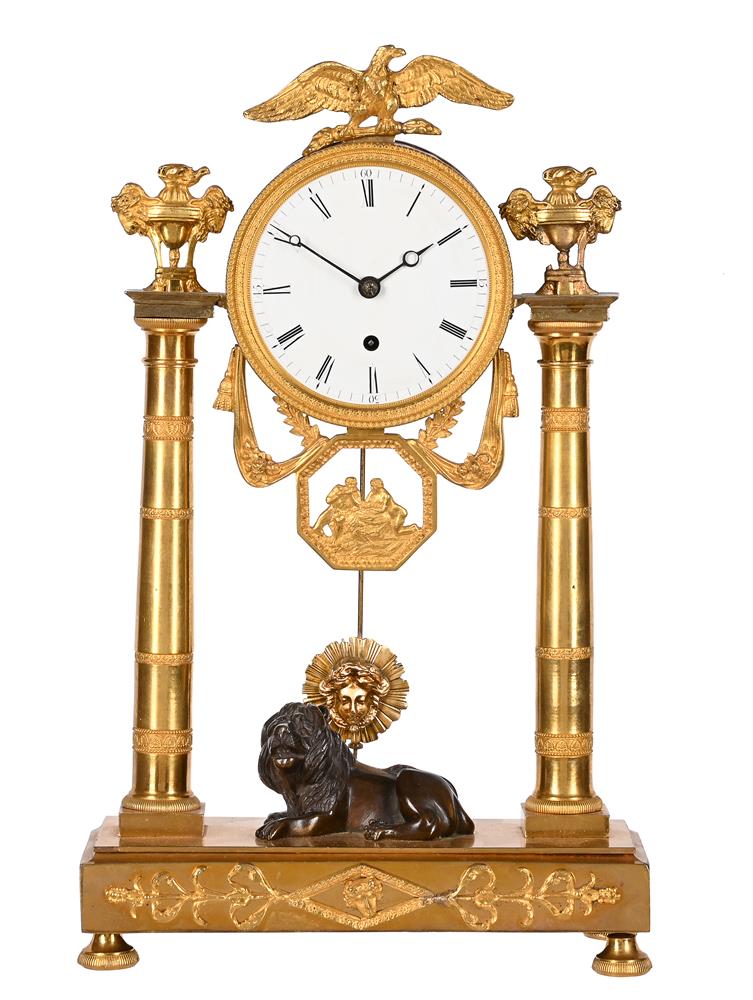

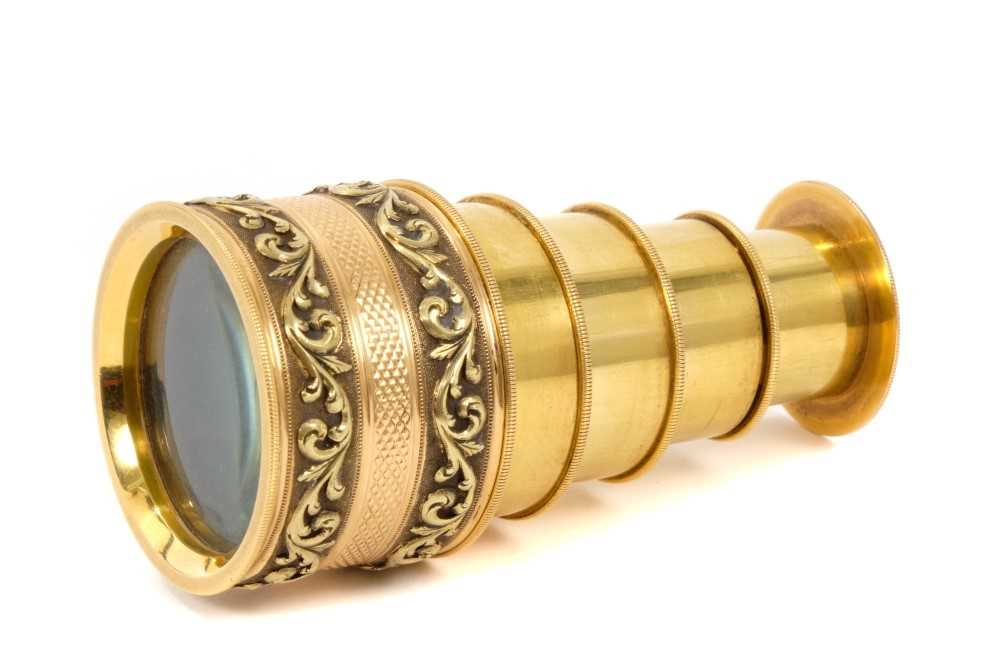
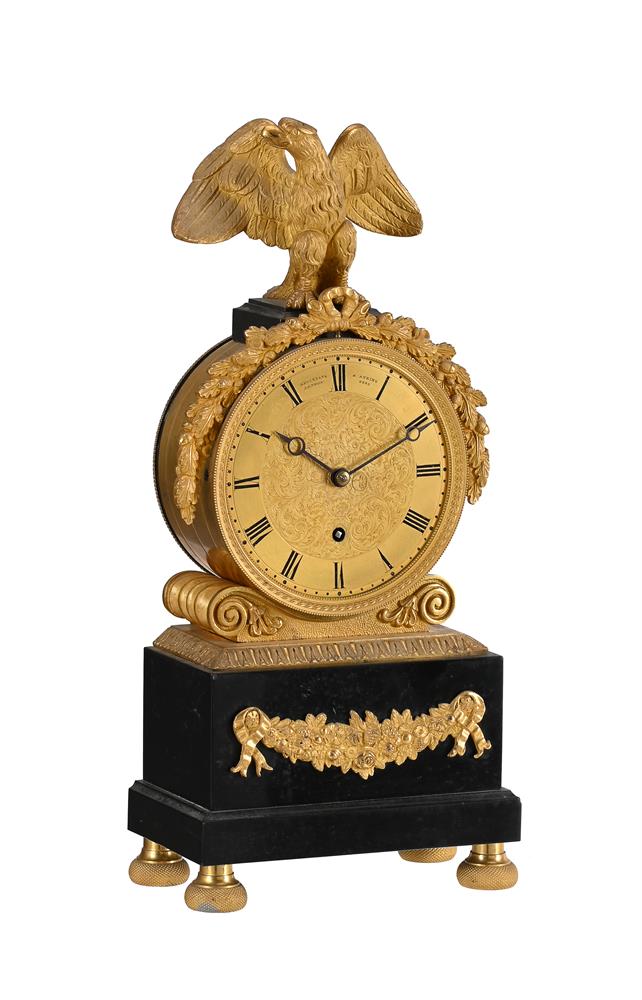



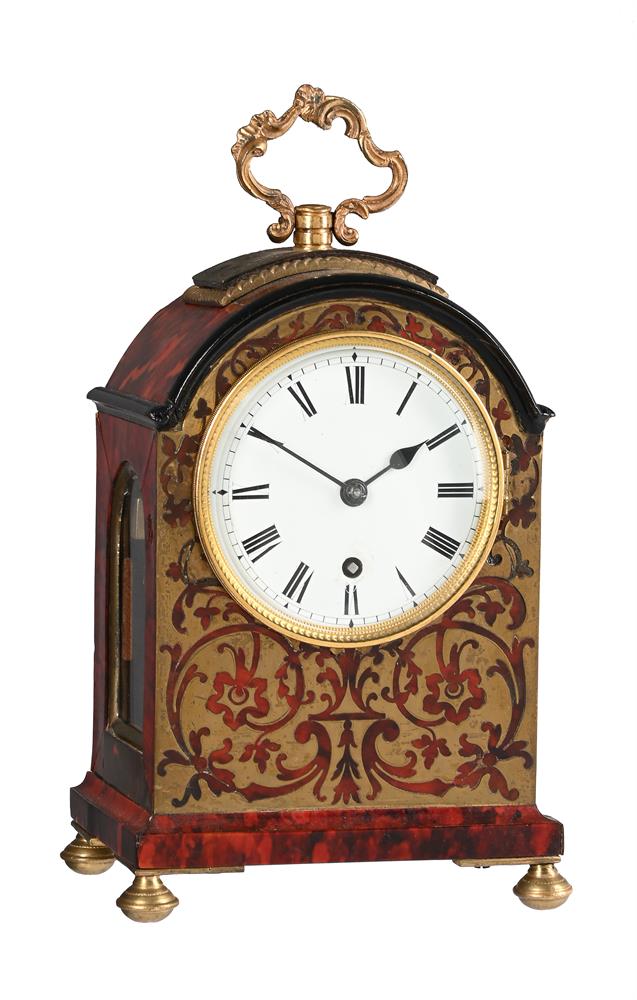
Try LotSearch and its premium features for 7 days - without any costs!
Be notified automatically about new items in upcoming auctions.
Create an alert